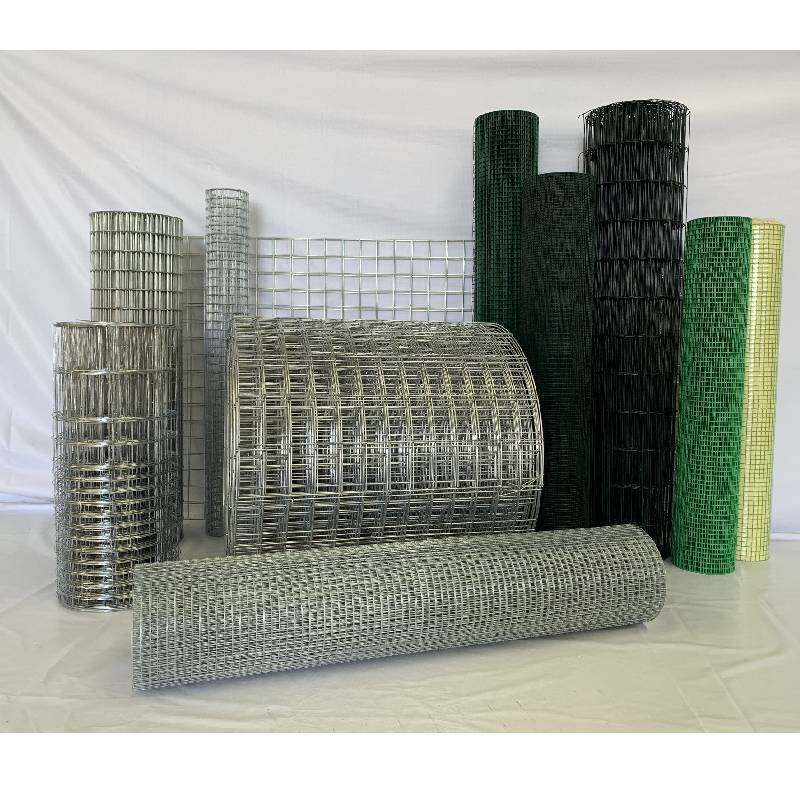Different Varieties of Metal Mesh and Their Applications in Industry
Types of Metal Mesh
Metal mesh is an indispensable component across various industries, known for its versatility, durability, and aesthetic appeal. Its applications range from construction and filtration to decorative arts. This article explores the different types of metal mesh, highlighting their unique characteristics and uses.
1. Welded Wire Mesh
Welded wire mesh is created by welding together the intersections of wires to form a grid-like structure. This type of mesh offers high strength and structural integrity, making it ideal for construction and industrial applications. It is commonly used in reinforcing concrete, as fencing material, and in the manufacturing of cages or enclosures. Welded wire mesh is available in various gauges and sizes, accommodating diverse needs.
2. Expanded Metal Mesh
Expanded metal mesh is produced by cutting and stretching a flat sheet of metal into a mesh pattern, resulting in a lightweight yet sturdy material. The unique pattern enhances both the durability and aesthetic appeal of the mesh, allowing for excellent airflow and visibility. This type of mesh is often utilized in architectural applications, such as facades and partitions, as well as in safety guards and screens.
3. Perforated Metal Mesh
Perforated metal mesh involves metal sheets that have been punched with holes to create a pattern. The size, shape, and arrangement of these holes can be customized, providing a variety of options for different applications. Perforated metal is widely used in acoustic panels, filter applications, and architectural designs, where both functionality and design come into play.
4
. Chain Link Fencingtypes of metal mesh

Chain link fencing is a type of woven wire mesh made from galvanized or coated steel wire. It is commonly used in residential and commercial applications for security and property delineation. The mesh allows for visibility and airflow while providing a durable barrier. Chain link fences are often used in parks, playgrounds, and industrial settings, offering a cost-effective solution for perimeter security.
5. Stainless Steel Mesh
Stainless steel mesh is known for its corrosion resistance and strength. This type of mesh is often used in applications that require hygiene and chemical resistance, such as food processing, pharmaceuticals, and medical instruments. Stainless steel mesh is also popular in architectural designs, providing a sleek, modern look while ensuring durability.
6. Fiberglass Mesh
Though not a metal, fiberglass mesh is often used in conjunction with metal applications. It is made of woven fiberglass strands and offers features such as resistance to corrosion and chemicals. Fiberglass mesh is commonly used as a reinforcing material in construction and in the production of various composite materials.
7. Decorative Metal Mesh
Decorative metal mesh combines functionality with aesthetics. It is often used in interior design to create stylish partitions, ceiling panels, or cladding. Available in various designs, patterns, and finishes, decorative metal mesh enhances the visual appeal of spaces while providing durability. Common materials include aluminum, stainless steel, and brass.
Conclusion
Metal mesh comes in various forms, each tailored to meet specific needs across industries. From structural applications in construction to decorative uses in architecture, the versatility of metal mesh is evident. Understanding these different types can aid in choosing the right mesh for your project, ensuring functionality, durability, and aesthetic appeal. As industries continue to innovate, the development of new metal mesh types and applications will only expand, providing endless possibilities in design and engineering. Whether for practical use or artistic expression, metal mesh remains a vital material in modern applications.
-
Space-Saving Chain Fence Hacks Vertical Gardening with Cyclone MeshNewsJul.16,2025
-
Innovations in Iron Nail Wire Production for Modern ConstructionNewsJul.16,2025
-
Creative Uses of Wire Netting Fence in Modern Landscape DesignNewsJul.16,2025
-
Barbed Wire Fence Innovations in Anti-Climb TechnologyNewsJul.16,2025
-
Architectural Uses of Umbrella Nails for Aesthetic Roof DesignsNewsJul.16,2025
-
Architectural Uses of Razor Barbed Wire in Secure Urban DesignNewsJul.16,2025




